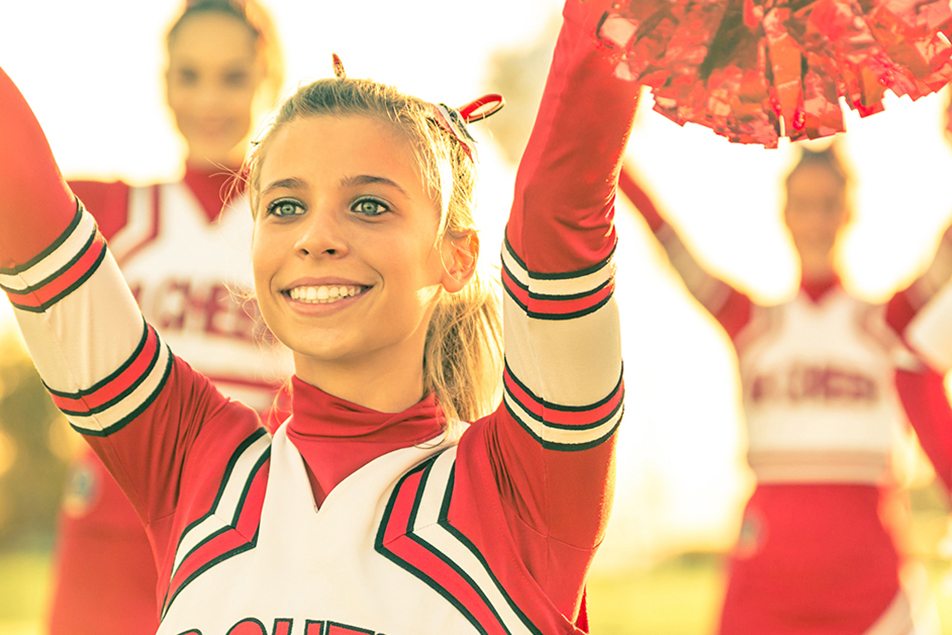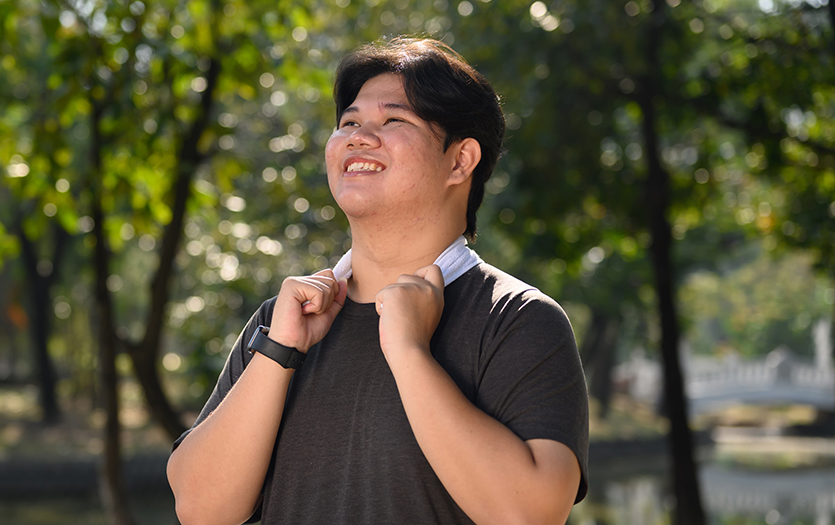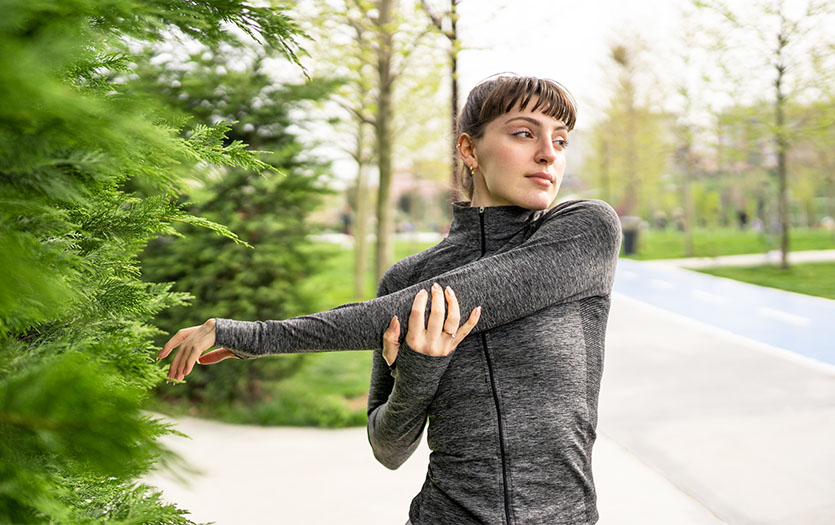Cheerleading has changed dramatically over the years. The extracurricular activity has shifted from a peppy display of sideline support to a full-blown competitive sport, including brave tumbling passes and high-flying technical stunts. Despite these athletes’ impressive displays of strength and agility, many still don’t realize the danger involved. According to the United States Sports Academy, cheerleading is the No. 1 female sport and No. 2 in catastrophic injuries, second only to football. We asked Aaron Watters, MD, Parkview Sports Medicine, to share his advice for reducing risk.
Q. Dr. Watters, cheerleading isn’t often thought of as a dangerous sport. What are some of the unique risks, in your opinion?
Cheerleading over the past decade has increased in popularity, with an estimated 400,000 students participating in high school cheer annually. Compared to other high school sports, cheerleading has a relatively low risk of minor injury, ranking near the bottom. However, when injuries do occur, they tend to be more severe. A little over two-thirds of all catastrophic injuries in high school girl sports occur as a result of cheerleading. Specific risks include stunting and tumbling. When performing stunts, cheerleaders are at the highest risk when raising team members above the shoulder and dismounting to a cradle.
Q. What are some of the common cheerleading injuries you see?
In sports, there are two types of injuries: 1) An acute injury occurring from a traumatic event during either practice or competitions, and 2) overuse injuries. Overuse injuries occur when muscles, tendons or growth plates fail from repetitive stress and breakdown. In high school cheerleading, the majority of injuries reported are acute injuries, the most common being concussions.
A concussion is an injury to the brain that does not affect the structure of the brain but rather affects the function of the brain. The most common symptoms of a concussion include headache, dizziness, feeling a daze or a fog, sensitivity to bright light or loud noises, and nausea. Loss of consciousness is one of the least reported symptoms in concussion.
Other common injuries we see in cheerleading include knee injuries and shoulder injuries. Flyers and tumblers are at higher risk for ankle sprains and knee injuries, whereas bases are at a higher risk for shoulder injuries.
Q. When should a patient come in for treatment?
Whenever an athlete is experiencing signs or symptoms of a concussion after a head injury they should be evaluated by the onsite athletic trainer or by a physician trained in concussion treatment. If an athlete is experiencing slurred speech, one-sided weakness, not responding appropriately to questions, or persistent vomiting after a head injury they should be taken immediately to the emergency department. For most acute musculoskeletal injuries, athletes should rest, ice and elevate when appropriate. If there is a concern about a fracture, they should be seen immediately. Most sprains and strains can be treated conservatively, but if they don’t improve in 1-2 weeks, the injury should be evaluated by a physician.
Q. What are some tips for avoiding injury?
The American Association of Cheerleading Coaches and Advisors and the National Federation of High School Sports have come together to write a cheerleading rule book to make participation safer. This rule book is updated annually using injury data to help improve the safety of the sport. They also offer a safety certification course for coaches. The American Academy of Pediatrics counsel on Sports Medicine recommends the following measures for preventing cheerleading injuries:
- Coaches should undergo training and certification.
- Cheerleaders should have proper strength and conditioning. Bases should have appropriate upper body and core strength to support flyers.
- Stunts and tumbling should not be done on hard surfaces. All stunts and tumbling should be practiced on a soft foam surface prior to moving to harder surfaces.
- Athletes should demonstrate appropriate skill progression and proficiency required for a stunt prior to attempting that skill.
- Rules for specific skills should be followed by the coaches and the athletes.
Q. Are there any conditioning practices that can minimize risk of injury?
I would say core strengthening and upper body strengthening.




